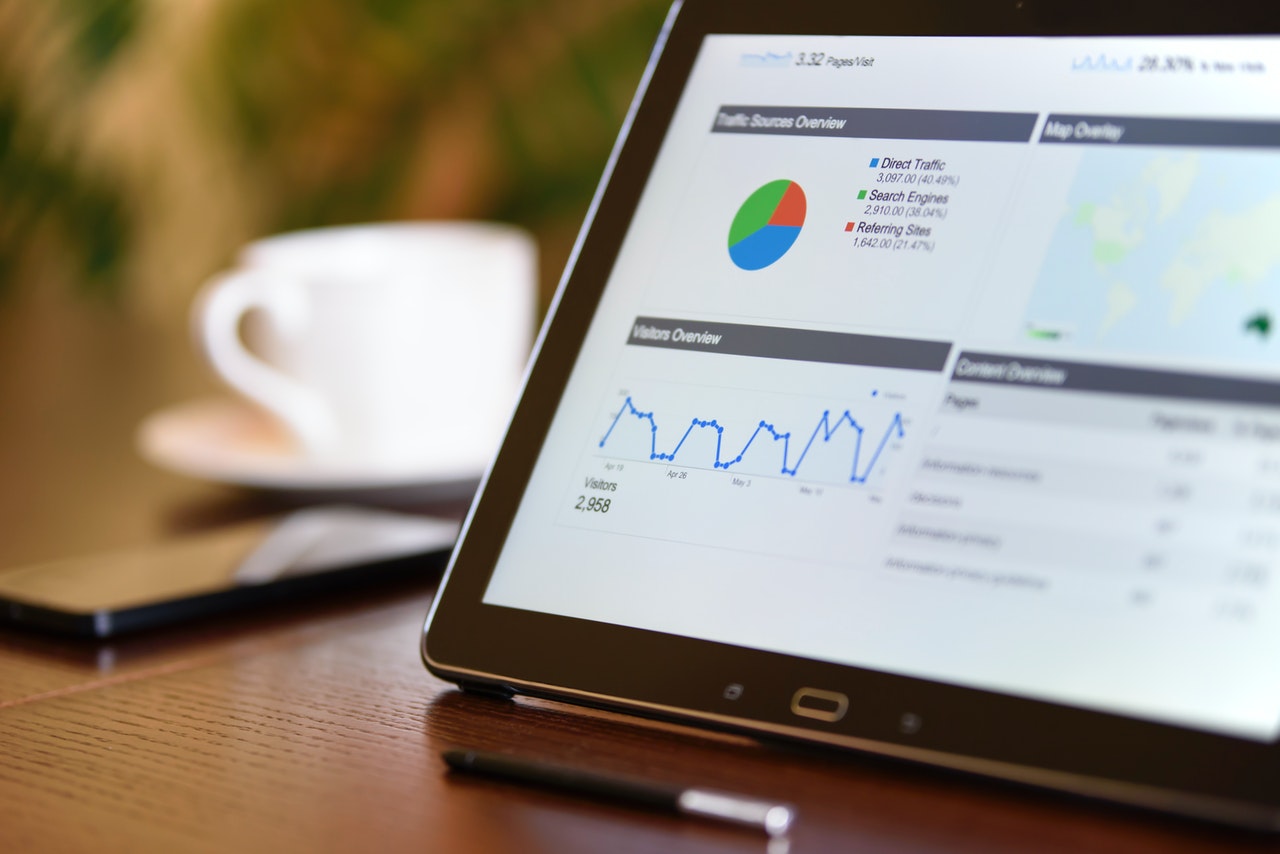4 Best Practices for Naming Your Business Data
Emma Kessinger
September 29th , 2020

Naming your business data can enhance your data collection process. Businesses in 2020 run on data as much as they run on cash or electricity. Facts and figures can be turned into revenue more easily than ever, so investing in the former can lead to significant returns on the latter. In today’s digital world, businesses can’t afford to muddle or lose track of any of their data. If you don't tag, label, and store data properly, you might as well lose it. While extracting and transforming your data is a complicated process, naming can be relatively simple — if you follow a few key guidelines.
To maximize the effectiveness of the information your business has collected, it is crucial to remember these best practices:
1. Label the important stuff.
It seems intuitive — name everything exactly as it is, right? Unfortunately, it’s not that simple. As Phil Karlton, a famous Netscape programmer, once said, “There are only two hard things in Computer Science: cache invalidation and naming things.” It seems a bit funny, but there is definitely truth in it. Simply giving your data an identifier is not enough; you need to label your data in such a way that you can immediately understand what it means.
Say you’ve just acquired a huge batch of analytics data covering your entire consumer base, and you’re looking to better understand the purchasing habits of your younger customers. While you should label everything that you can, you’re going to want to denote the younger customers specifically — it’s information about them that you want, after all.
The single best rule to stick to when it comes to labeling is to think of the end goal of your data: if you’re downloading data that’s going to end up getting visualized, then you’ll want to label the points that are important to that process. Let your intentions dictate the naming process, not the data itself.
2. Think about who’s going to see it.
Just because you’re the one labeling the data doesn’t mean you’re the one who will be using it. Today, every team in your business might need to see what type of information has been collected; whereas, in the past, only experts were responsible for handling data processing
When naming business data, make note of anyone who might need to access the set. While your coworkers with advanced data skills might be able to parse technical naming conventions, data slated to go to your marketing department might need to be made a bit more readable. Highlight elements of the data that may be important to its recipient: Human resources are looking for different things than your software development team, for example.
3. Don’t forget the format.
Perhaps the most “no-brainer” aspect of data naming is format identification. Data that comes in XML or JSON formatting will be borderline-unusable for anyone but specialists, so making note of that in the file names is crucial. Even common formats like Excel sheets or CSV files should still be handled in vastly different ways, so clear formatting is an absolute must.
4. Create a cohesive strategy.
While it may seem like unnecessary work, a long-term naming convention can prevent major confusion from ensuing later on. A strategy doesn’t necessarily mean you name all of your data batches in the same fashion; it means that you’re always following certain conventions. If you need to deviate from those conventions, it means documenting how and why you do so.
Consider the question of timestamping your data. The time of download may be critical for some figures, while irrelevant for others. You need to mark the time of download for all of your data in order to establish uniformity. That kind of labeling might require a bit more effort in the present, but it will make recalling older data that much easier in the future.
Implementing a thorough procedure can help you sort through potentially valuable data well after its initial use. Carelessly naming data can make older sets nearly impossible to sort through — potentially losing your company opportunities in the process.
Naming your business data may seem like a small part of the data extraction process, but it’s a crucial one all the same. By properly naming your data, you’re ensuring that you can use it to its full extent later on.






















